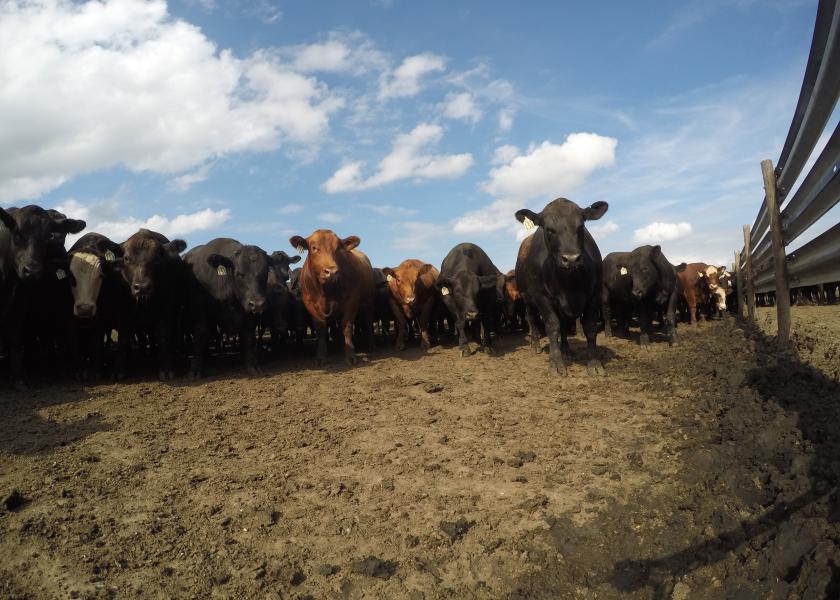Predicting Respiratory Disease from Behavior?

Many would suggest the answer to the question in my title is yes, been doing it my whole life. Perhaps a better title is, can we predict respiratory disease (BRD) onset using behavior monitoring technology? A research group headed up by Will Kayser at Texas A&M University looked to answer this very question in a recent article in the Journal of Animal Science.
To some, the question may not seem new. Several groups have validated technology systems to predict BRD using a retrospective approach. Monday morning quarterbacking is not that useful when what we need, is help deciding what cattle to treat before they are three days into a BRD outbreak.
The group’s approach to answering the question was unique in a couple of ways. First rather than using high-risk, weaned calves they used vaccinated and weaned Angus bulls sourced from multiple operations. These moderate risk cattle allowed the group to test the other novel idea of using statistical process control charts to evaluate predictions.
This charting method is common in manufacturing, where a machine is continuously watched for abnormal behavior. Another way to think about these charts are the movie scenes using a lie detector where “deviations” from a straight line indicate something is not right.
The bulls were monitored for behavior changes in real time and the researchers used these changes to predict BRD. You may already use a similar process to identify when something is amiss in the pasture or feedlot. The difference between what you do today and where technology is headed is your system considers changes from the group’s behavior.

Consider an example, you feed a group of yearlings and they all come to the bunk to eat but one. You know something is amiss. In this case the action of not eating is different from the average of the group. What you don’t know is if that behavior is different from the animal’s average.
This trial evaluated those behavior changes an individual animal undergoes you may not see when BRD is just getting started. They looked at several bunk related measurements, time to approach, time eating, time with head down, and time between bunk visits. They also looked at eating rate, feed intake, in addition to time between and variation around the non-eating periods.
GrowSafe feed intake bunks were used to measure bull feeding behaviors. After four days of determining what each bull’s normal behavior looked like, the computers went to work predicting BRD. Each day an animal wasn’t sick, new normal data were added making the model more sensitive and accurate after a relatively short training period.
While all the measured behaviors helped predict BRD, the key variables were time spent at the bunk, time with head down in the bunk and the variability of time spent not eating. The model predicted BRD onset about 2 days before cowboys could detect illness via observation.
While many suggest feed intake change as the key metric for BRD detection, when added to the behavior model there was very little prediction improvement. This may be due to the relationship between feed intake and time spent with head down in the bunk.
Regardless the cause, limited prediction gain from adding feed intake to the model offers the promise of behavior technology reaching the farm gate sooner, since intake is so difficult to measure and high-risk calves don’t historically start on feed easily.
Key model metrics are sensitivity, specificity and accuracy, or simply put, can the model accurately detect a large enough change to signal treatment. The model was accurate over 83% of the time, correctly diagnosing BRD before visual symptoms.
Sensitivity measures the number of bulls missed that are indeed sick while specificity determines which animals are called sick but are really healthy. Most would say the reason for using technology to predict BRD is to improve antibiotic use. However, imagine the day when you can adjust the sensitivity and specificity settings on your feed bunk to optimize the labor available for sorting and treating potential pulls.
Respiratory disease represents the largest drain on labor and resources in all segments of the industry. We are closer than ever to technology that enhances animal well-being while improving operation efficiency.







